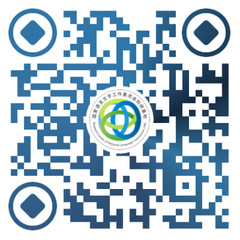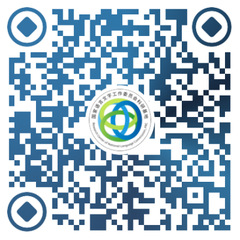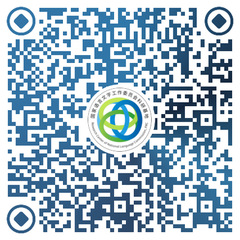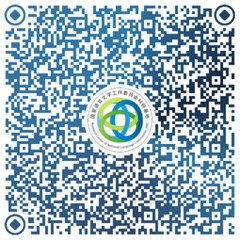标题:Integrating large language models with corpus-based language pedagogy: an approach to collocation use in L2 writing instruction
作者:陈创奇(上海外国语大学语言科学研究院、上海外国语大学中国外语战略研究中心)、黄祯磊(上海外国语大学语言科学研究院、上海外国语大学中国外语战略研究中心)、叶新东(温州大学教师教育学院)、金慧(上海外国语大学国际教育学院、上海外国语大学中国外语战略研究中心)
来源:《Computer Assisted Language Learning》2025
摘要:Corpus-based teaching methods have proven effective in providing authentic language input and increasing linguistic awareness by allowing students to explore real-world language usage. However, challenges persist in balancing cognitive demands with practical constraints of interpreting linguistic data. This study investigated the effectiveness of combining large language models (LLMs) with corpus-based pedagogy for teaching lexical collocations in English writing. To systematically examine this instructional integration, we developed and implemented the Corpus-Based Language Pedagogy with Large Language Models (CBLP-LLM), with 70 sophomore students randomly divided into an experimental group receiving CBLP-LLM instruction and a control group receiving traditional corpus-based instruction. Both groups participated in a five-week program, with data collected pre-intervention, post-intervention, and at one-month follow-up. Results revealed significant improvements in writing performance, lexical quality, and motivational beliefs, along with reduced cognitive load among students in the CBLP-LLM group. However, motivation improvements were not maintained at one-month follow-up, indicating areas for further improvement. Post-course interviews revealed students’ positive attitudes toward CBLP-LLM, while emphasizing teachers’ crucial role in AI-enhanced learning environments.
关键词:Large language models; AI in education; Corpus-based language pedagogy; English writing; English as a second/foreign language (ESL/EFL); collocation
引用格式(GB/T 7714—2015):Chen, C. Q., Huang, Z., Ye, X., & Jin, H. (2025). Integrating large language models with corpus-based language pedagogy: an approach to collocation use in L2 writing instruction. Computer Assisted Language Learning, 1–22. https://doi.org/10.1080/09588221.2025.2532016







